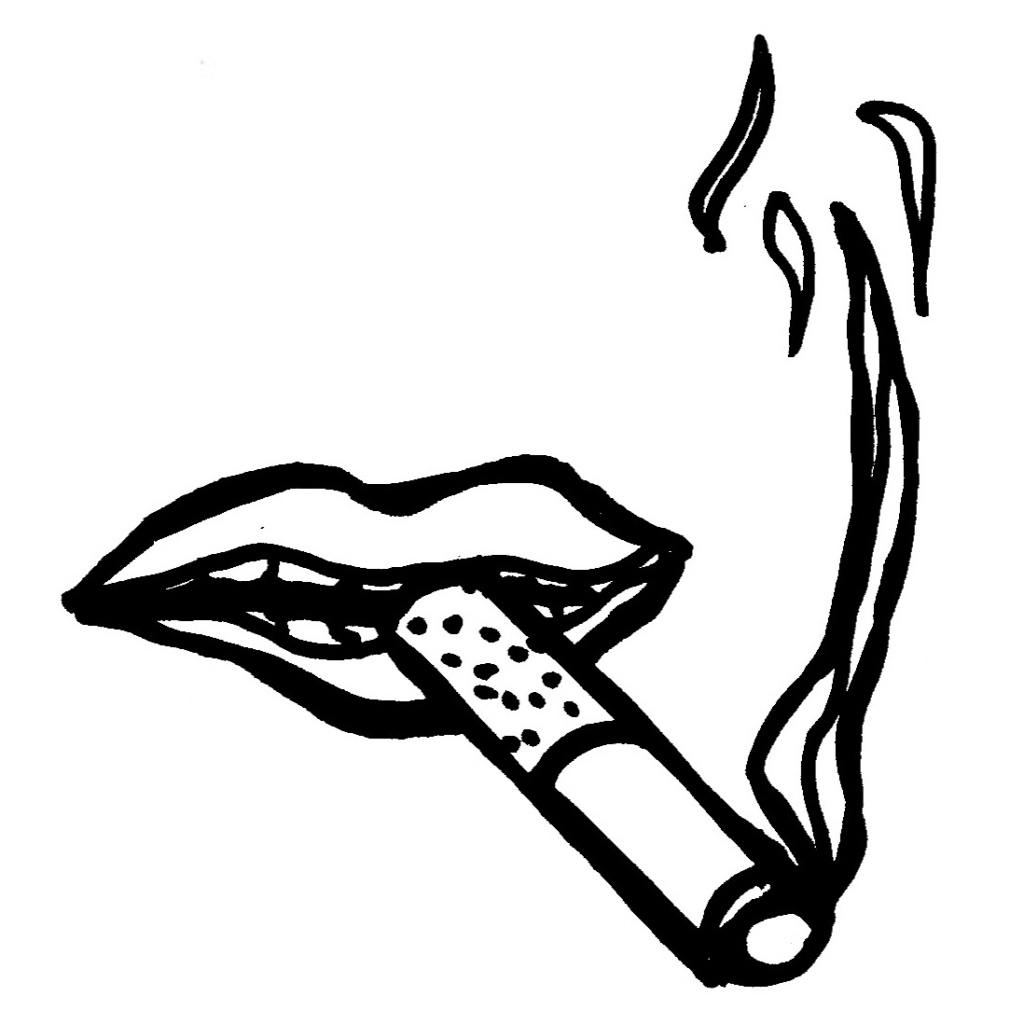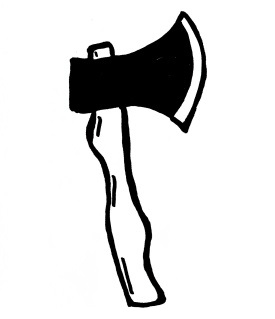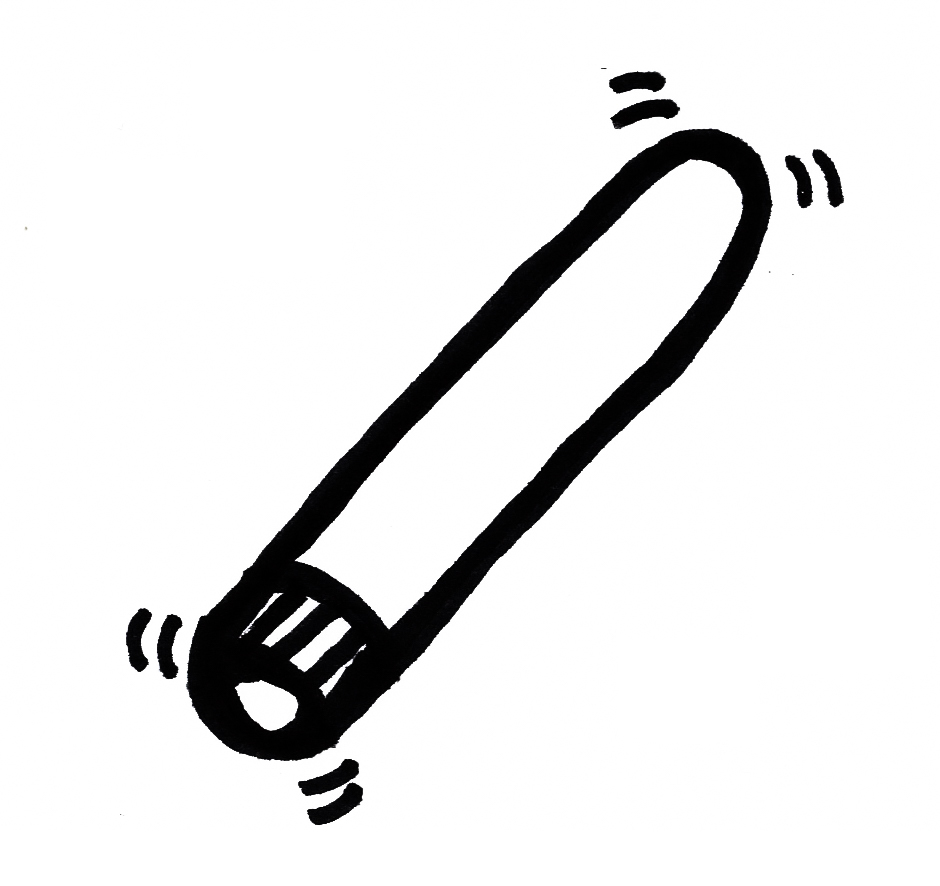Long before New Queer Cinema directors like Derek Jarman, Todd Haynes, and Gregg Araki were praised for their confrontational depiction of queer sexuality onscreen in the 1990s, there was already a strong, decades-long independent filmmaking tradition of doing just that in hardcore gay pornography. At least, that was the central thesis of Liz Purchell’s archival work in the Ask Any Buddy project, which is where I first heard of Jerry Douglas’s 1975 bisexual romance thriller Both Ways. Although the review of Both Ways on the Ask Any Buddy podcast was less than glowing, it still felt like a necessary purchase when I ran across a used DVD copy of the film in a Minneapolis record store, since its X-rated onscreen sex meant I’d unlikely be able to access it on any mainstream streaming service in the near future (which is the exact kind of false scarcity logic that’s led me to collect a modest stack of vintage porno titles like Pink Narcissus, SexWorld, Bijou, and Fleshpot on 42nd Street). On its surface, Both Ways is a fairly straightforward—pun unintended—porno drama about a closeted bisexual man living a double life, but between the director’s commentary track on the Vinegar Syndrome disc, the supplementary insight from the Ask Any Buddy pod, and the plot’s last-minute swerve into Hickcockian violence—okay, pun obviously intended that time—it ends up feeling like a surprisingly substantial work of outsider art.
The first sounds you hear in this Golden Age porno is a child giggling as his father tickles him on a carnival Ferris wheel. Gerald Grant stars as a straight-laced family man: a Harvard graduate (which he’ll remind you of frequently) who’s built a tidy suburban life for himself as a high-powered lawyer and a loving father of a young son. All is not well in the bedroom, though, as his sexually neglected wife, played by Andrea True (likely the most famous member of the cast, due to her disco hit “More More More”), confronts him for being distracted by a secret affair outside the house that she can’t quite figure out. She’s correct, of course, as her husband has been sneaking around with—shocker of all shockers—a Yale student played by Dean Tait. Now, you might expect that vintage pornography about a closeted bi man’s infidelity would mean double the variety of onscreen sex, but it really just doubles the amount of couples bickering. This is the kind of porno-chic relic that speeds through rapid edits of sex scenes so it can really dig into its domestic melodrama, making for a shockingly sincere representation of male bisexuality for its era … until it takes a wild swerve into psychological thriller territory. After all of its cheeky humor about collegiate rivalry between Harvard & Yale and all of its sentimental homelife drama in which the father figure constantly buys his cavity-sweet son handfuls of balloons, Both Ways gets really dark in its final twenty minutes, making for a chilling ending to something that’s ostensibly supposed to heat couples up on a naughty date night.
In filmmaking terms, Both Ways is surprisingly playful for a hardcore porno. Douglas does a lot to mirror the domestic scenes in both of our antihero’s competing relationships, even going as far as to symmetrically pose his actors in front of wall-hung mirrors to drive the point home. During early domestic squabbles where both couples recount how they first met and during a later pornographic montage of the cheating husband alternating between his two partners in two separate beds, the threesome’s body language is exactly copied in direct contrast to underline how little meaningful, physical difference there is between the two relationships. Douglas also plays around with insert shots of artificial exteriors to simulate intimate dialogue when characters are navigating the world outside their bedrooms, shooting his actors against a surreal blue-void “sky”. He also tries his best to ground this tale of extramarital romance within the context of Free Love looseness, setting a major couple’s spat at a swingers’ wife-swap orgy and meticulously framing a lit joint at the center of a male performer’s buttcheeks. Other visual details & directorial choices are more inscrutable, such as the frequent cutaways to a frumpy housekeeper during the aforementioned wife-swap, the repetitive focus on yellowed copies of New York Times headlines to mark the timeline of the couples’ pasts, and the Ivy Leaguers’ obsession with ceramic beer steins – which only become more noticeably bizarre the more they become directly involved in the scene-to-scene plot. It’s all baffling in its distraction from the presupposed purpose of hardcore pornography, but it also all adds to the feeling that this is a personal, thoughtful, creative project for Douglas instead of a quick cash grab between writing his off-Broadway stage plays.
I’m fond of Both Ways despite all of its lopsided plotting and its confused representation of Normal male bisexuality. Even after the domestic melodrama gives way to crime-thriller psychology, the movie still has an oddly light tone to it, present both in the generic funk-guitar background music and in the nosy investigations of a local antiques dealer who mistakes the husband’s sneaking around for living a double life as an undercover Commie spy. It may not be the artistic pinnacle of Golden Age pornography, but it does function as a clear, standalone example of how porn from that era has unique cultural value as independent filmmaking. If nothing else, it’s difficult to imagine any mainstream Hollywood studio dramas of that time depicting male bisexuality with so much candor (even if it is easy to imagine a Hollywood version of this film choosing to conclude with the exact same act of domestic violence). I got the sense that the reason the Ask Any Buddy crew were less enthused about Both Ways in their much better-informed review is that Jerry Douglas had previously contributed to a much more accomplished bisexual porno as the writer of Radley Metzger’s Score, which makes this one suffer by comparison. I cannot personally speak to that comparison, as I have not yet scored a copy of Score while killing time in second-hand media stores on vacation, but I also never expected to find Both Ways through that method either, so never say never.
-Brandon Ledet














